The latest employment numbers are out in the U.S., and the economy added more jobs than expected in June. This, coupled with decreasing crude oil prices worldwide, is calming fears of a pending recession. However, inflation remains at a 40-year high, leaving room for overcorrection by the monetary policy controllers, which can always tip the balance from growth to recession.
Recessions are an unfortunate economic fact of life. And since World War II, they have occurred on average once every five years. You can’t avoid them, but you can prepare for them with cost-saving strategies to emerge stronger than ever.
Fortunately, preparing for lean times translates to sustainable growth when consumer sentiment and market outlooks are good. This post will walk you through specific ways to leverage Jotform Enterprise to help you prepare for the next recession and help your organization flourish during the good times.
Finding and removing hidden infrastructure costs
Many organizations start using Jotform Enterprise to solve a single, department-specific challenge. Before long, opportunities for additional applications become apparent, and word travels fast to other departments, which are keen to replicate the success.
Leveraging a proven solution across multiple departments has many advantages. It’s faster and more cost-efficient to expand an existing tool rather than implement something new. Fewer tools mean less maintenance and support from your IT team, and employees can train each other on how to use the platform.
The most significant potential impact of leveraging one system across multiple departments is that it reduces the cost and complexity of your technology stack. Many organizations have seen tremendous reductions in costs by leveraging integrations and widgets available through Jotform Enterprise to replace standalone services.
For example, you won’t pay extra transaction fees if you use Jotform Enterprise to collect payments through your forms. And there’s no charge for securing legally binding digital signatures with Jotform Enterprise’s native solution. (Integrating with third-party solutions, such as Docusign, can result in fees.) These two features alone can add up to significant savings.
Consider leveraging these cost-saving features to update employee and contractor agreements, vendor contracts, shipping and receiving paperwork, legal and compliance documents, training and inspection certifications, timesheets and expense forms, and more.
Time is money. Save more of both with Jotform Enterprise
Single sign-on (SSO), which allows users to sign into multiple platforms with one set of credentials, provides two cost-saving advantages in one feature. First, you save time across your entire organization with a streamlined interface for accessing forms and information. Second, the added layer of protection prevents security breaches that, according to a recent global study, cost companies $4.24 million per incident on average.
Creating time-saving templates to share across teams is another way to reduce costs with Jotform Enterprise. Templates reduce the strain on your design team and streamline an already fast form-building process for your users. Templates ensure your brand is accurately presented to clients, prospects, and vendors, increasing conversion rates and enhancing communication. Once you’ve created your templates, you can share them in folders for users to access quickly and easily.
Jotform’s robust PDF editor is another way to reduce time wasted on paperwork. PDF documents are less likely to create data quality issues found with handwritten entries and manual inputs. They also provide a better user experience, especially when combined with conditional logic and prefill features. PDFs can also offer greater security. You can opt to share them only with those in your organization or by invitation, set an expiration date for a link to your PDF, or require SSO for any form embedded in your PDF.
Goodbye, paper. Hello, savings.
Using paper files and forms exposes your organization to several unnecessary costs. U.S. businesses reportedly waste $8 billion annually managing paper. First and foremost, there are the costs associated with hard copies: reams of paper, copiers, printers, services to maintain those devices, not to mention the inevitable toner you will need to buy and replace.
Paper files also take up space once printed. Whether you keep them in a cabinet or shred them (or both!), you will incur more costs to store, destroy, and recycle the paper.
A less obvious cost associated with paper is the cost to your brand. The use of paper is viewed by many as dated and environmentally unsustainable. Whether you’re required to keep files for regulatory needs or have a legacy of paper-based processes, a shift to digital forms, PDFs, and reports can lead to substantial savings.
Digital files also have advantages over paper beyond cost savings. You can share them to a broad audience and across myriad channels. They can be password-protected, encrypted, and securely stored and retrieved with a click from your local data residency center, as needed.
Embracing a more flexible future of work
Whether an organization embraces a remote-first approach or values more face time for its employees, it’s worth re-evaluating your investment in office space. As the pandemic made clear, many functions can be performed remotely. In fact, studies show workers can be even more productive working from home.
With online and mobile-friendly productivity solutions from Jotform Enterprise, you can equip your workforce to stay informed and connected wherever they log in to work. Reducing your physical office footprint to give employees more flexibility and work-life balance through remote and hybrid work schedules can boost your bottom line and create a happier, more productive workforce.
Pivoting away from layoffs to create a data-driven culture
During market contractions, it’s common for companies to use layoffs as a means of controlling costs. Payroll and benefits can represent a large portion of expenses. Still, the immediate and long-term costs of layoffs pose a real threat to any organization’s capacity to weather a storm.
According to the Society for Human Resources Management (SHRM) the replacement costs of an employee can be as high as 50 to 60 percent of their annual salary, with overall costs ranging anywhere from 90 to 200 percent. Layoffs leave a gaping hole in institutional knowledge and are also detrimental to employee morale and productivity, distracting those left from powering your mission to survive. What’s more, SHRM notes that studies tracking firm performance for up to nine years following a downturn show that, as a group, “the downsizers never outperform the nondownsizers.”
Rather than using layoffs to cut costs, focus on modernizing your existing operations and building a data-driven culture that operates more efficiently.
Data is at the heart of many organizational functions. Chances are, you have departments that rely on similar data to do their work that would benefit from a thoughtfully shared and streamlined system. Maybe it’s marketing and sales, or HR, IT, and facilities.
Unfortunately, cultural norms, security concerns, and plain old inertia can make it difficult to take the plunge and consolidate organizational data. If you feel challenged to build a data-driven culture, you’re not alone. According to McKinsey
An organization’s data function, if one exists outside of IT, manages data using top-down standards, rules, and controls. Data often has no true “owner” ensuring it’s updated and ready for use in various ways. Data sets are also stored—sometimes in duplication—across sprawling, siloed, and often costly environments, making it difficult for users within an organization (such as data scientists looking for data to build analytics models) to quickly find, access, and integrate the data they need.
The admin and user roles in Jotform Enterprise enable you to securely share information across departments, so you can tailor access based on employees’ needs and the data’s sensitivity.
Organizations that enable more data-driven decisions benefit from enhanced collaboration and more productive employees. Empowering decision-making below the managerial level gives employees a personal motivation to stay invested in organizational outcomes. It also promotes career development, increasing the odds that employees will stay longer and contribute more.
Driving more operational efficiencies with Jotform Enterprise
Instead of reducing your workforce, increase the value you get from it. Take advantage of downturns by prioritizing cross-training on systems to enhance inter-departmental collaboration and bolster career development. Have teams develop and test workflows that automate administrative work so they can focus on strategic efforts when the pace of business picks up.
For example, engage your service personnel in creating an app to house resources that allow them to respond faster to customer questions and better share knowledge across the department. Challenge your marketing team to develop tailored content streams and customer journeys to shorten your sales cycle and encourage more customer loyalty. Bring together department heads to discuss where you can consolidate data and build analytics to identify new approaches to business, audiences, and communication channels.
Recessions present challenges, but with the right approach, your organization can come back stronger and leaner than before, fueled with all the power of a data-driven workforce.







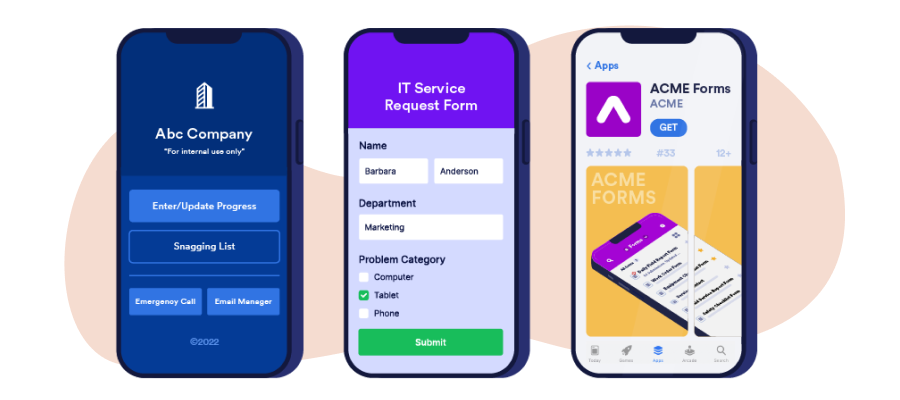

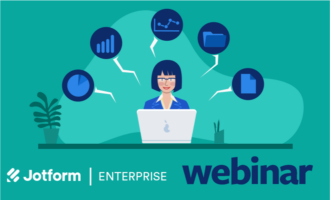
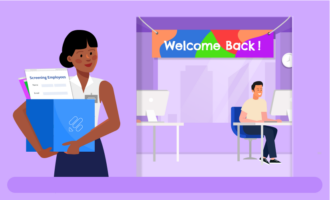






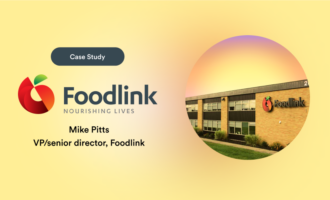









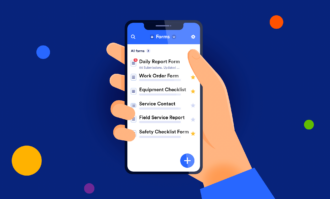



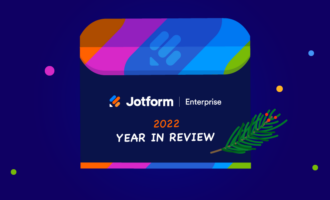

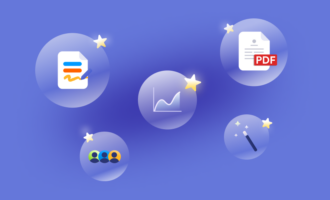









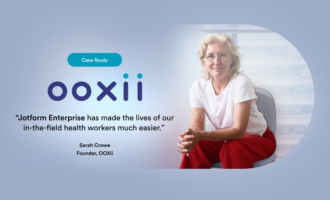

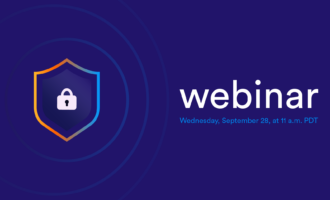







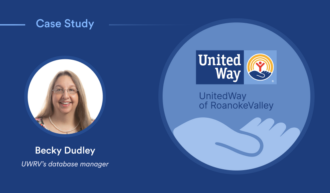

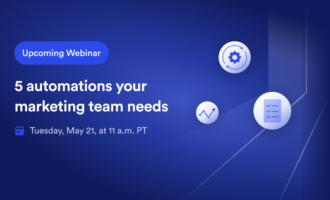




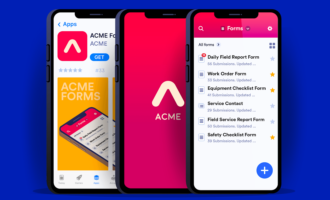


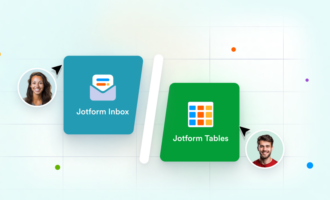








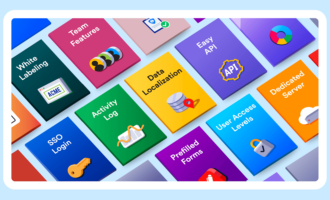
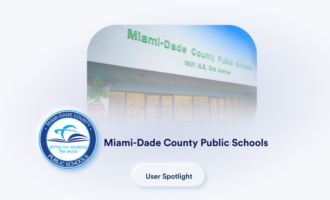
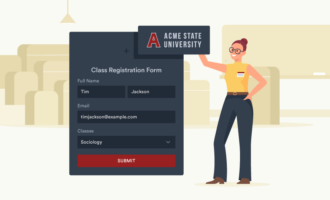








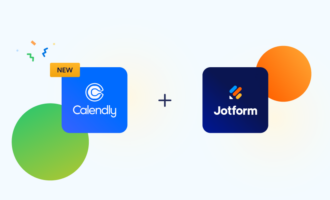



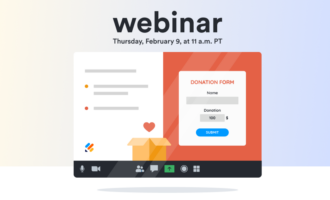



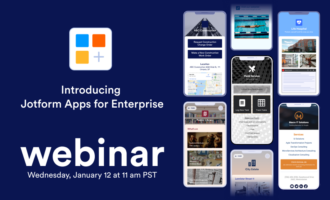

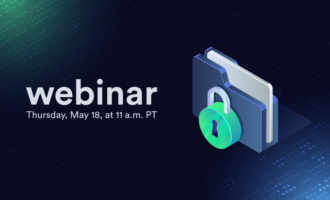

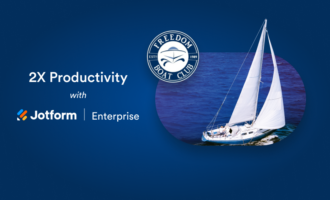
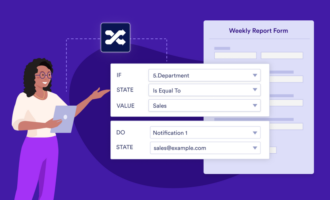

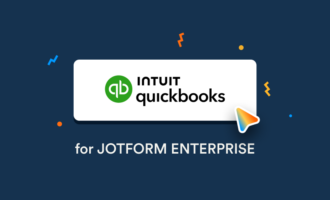
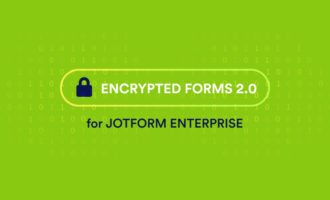
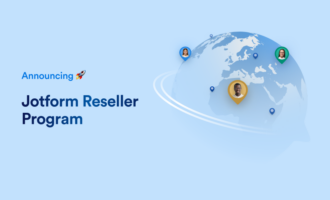
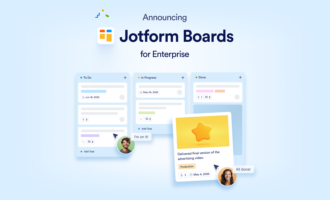
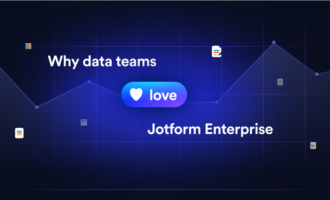
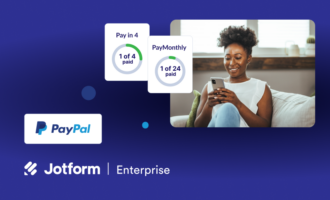




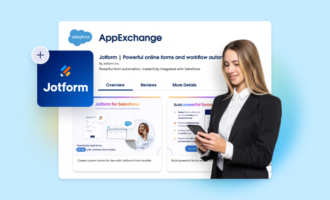
Send Comment: